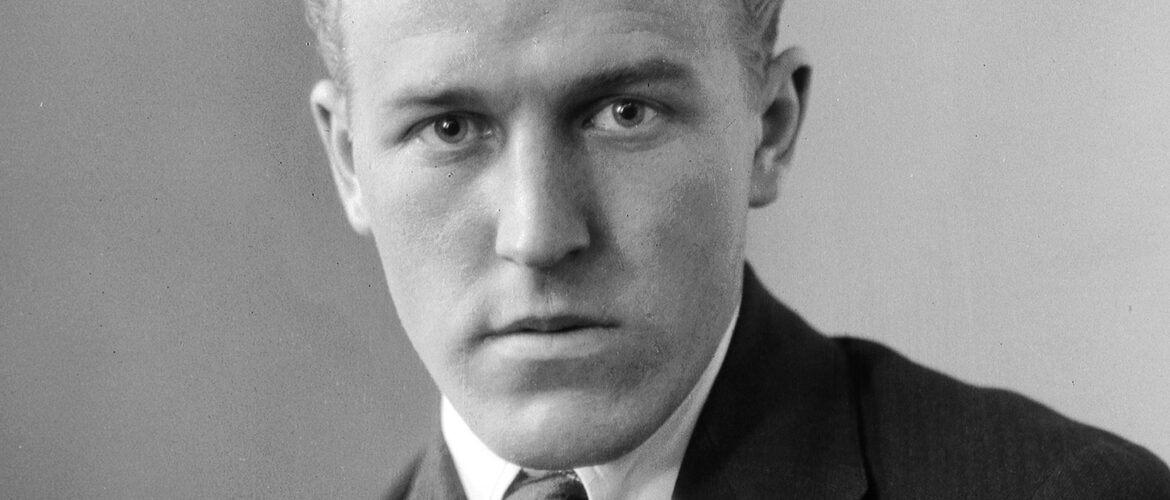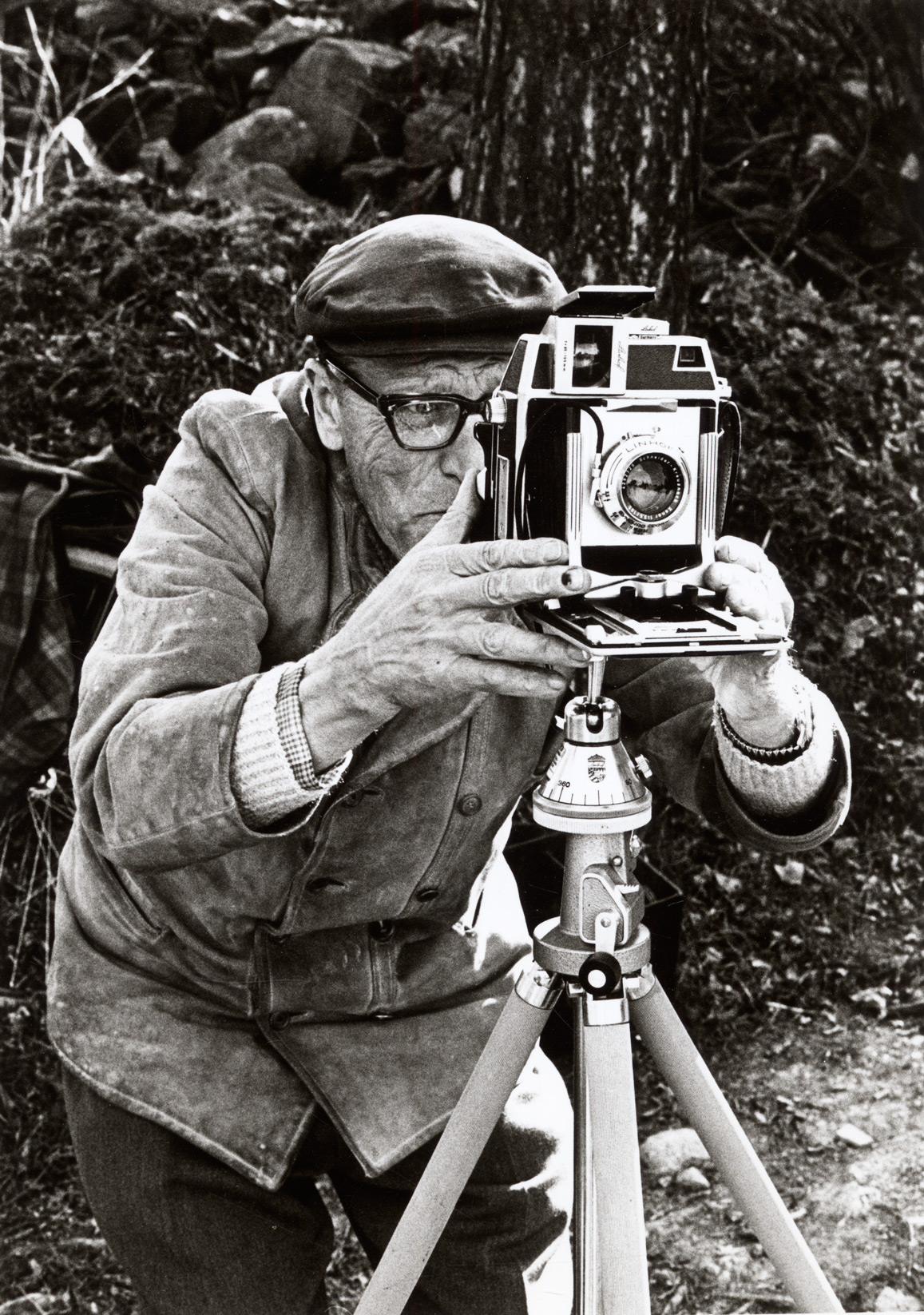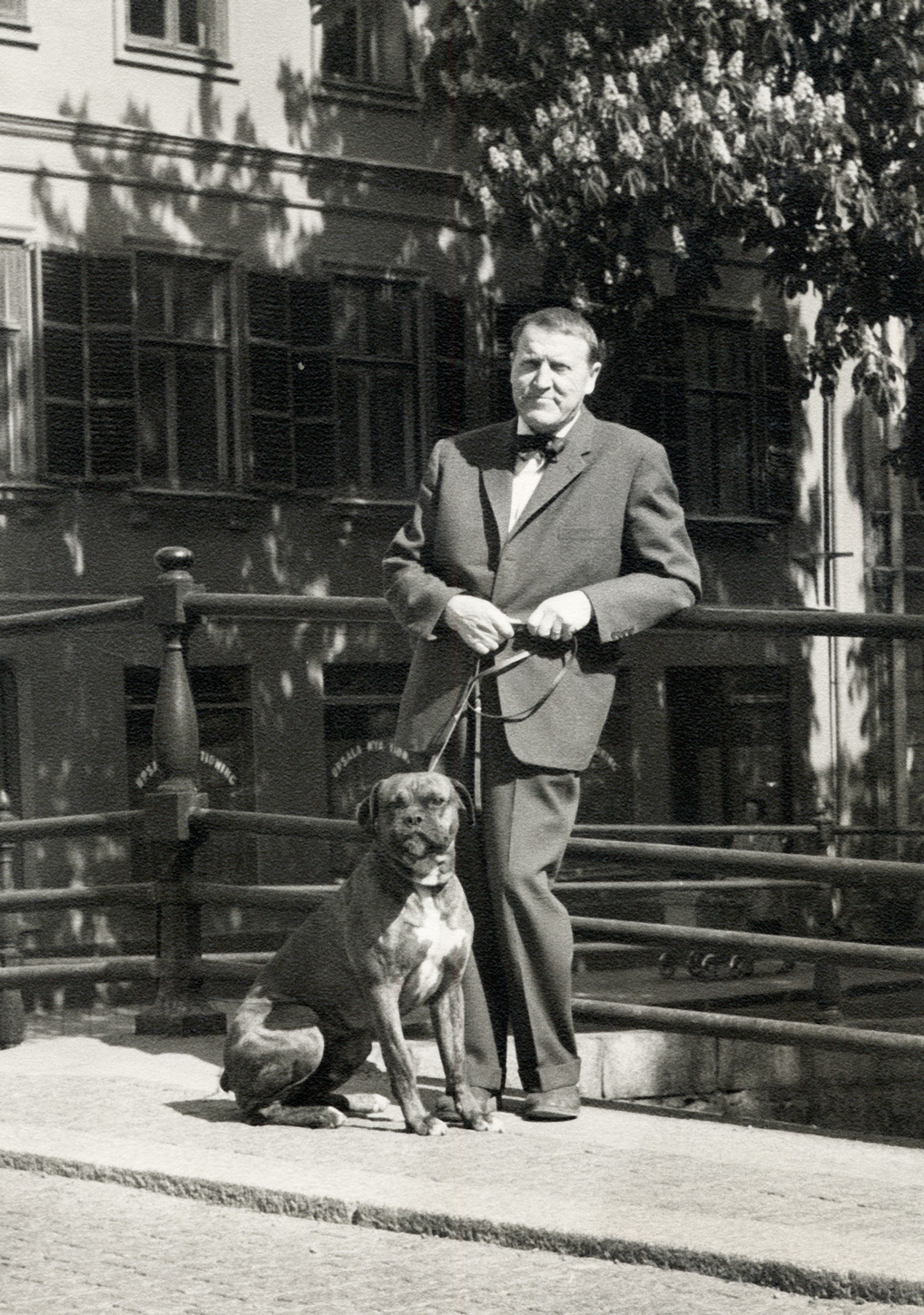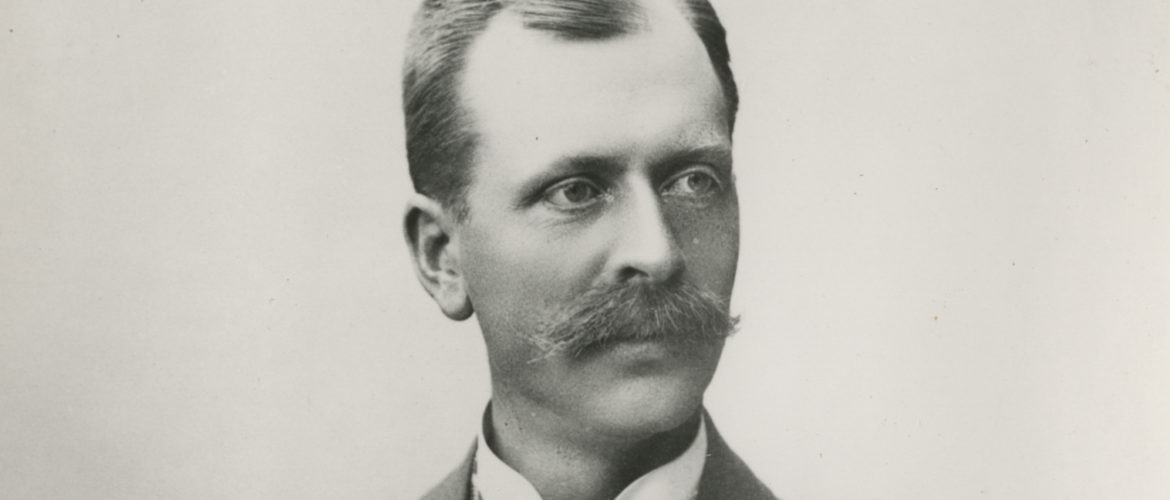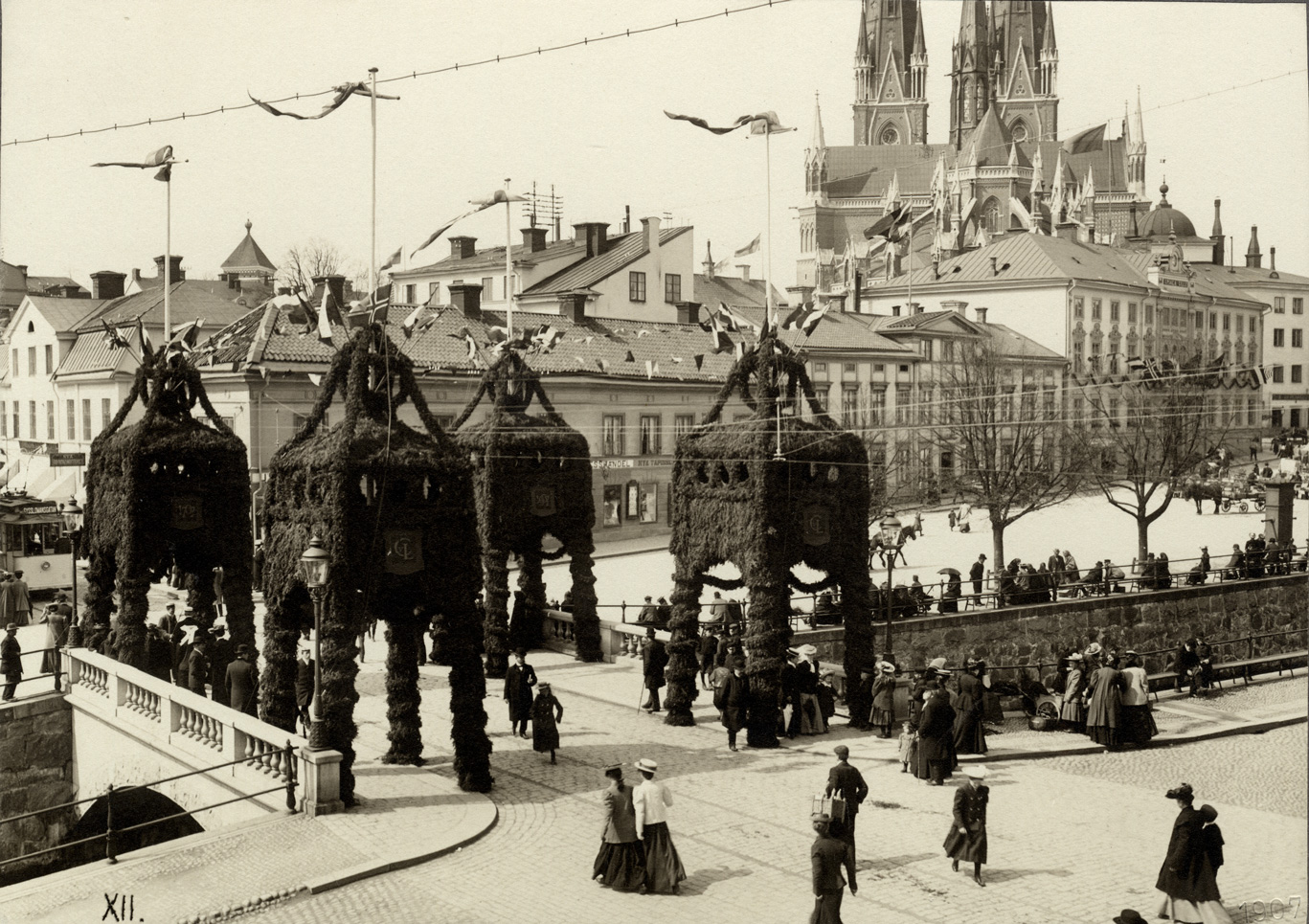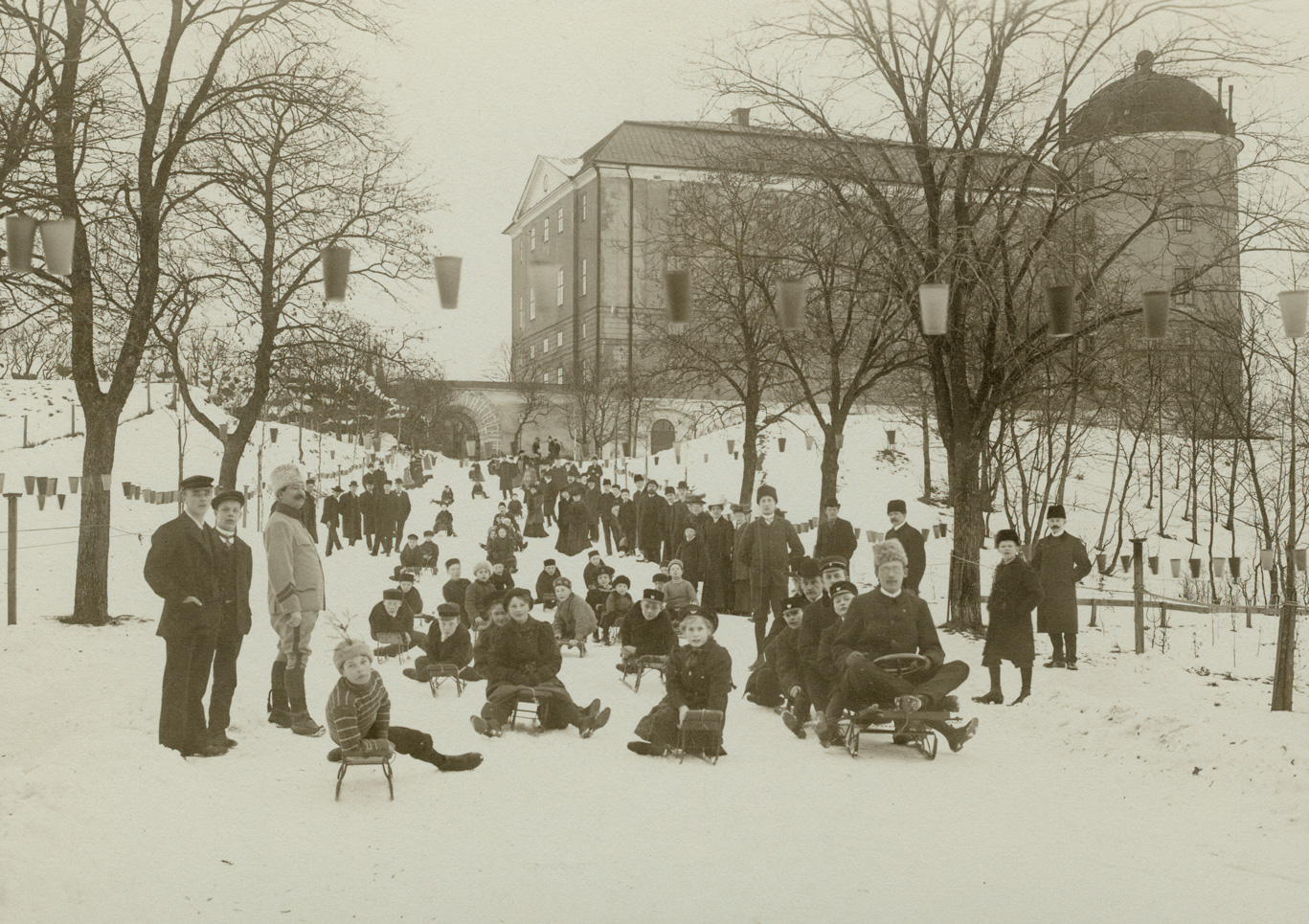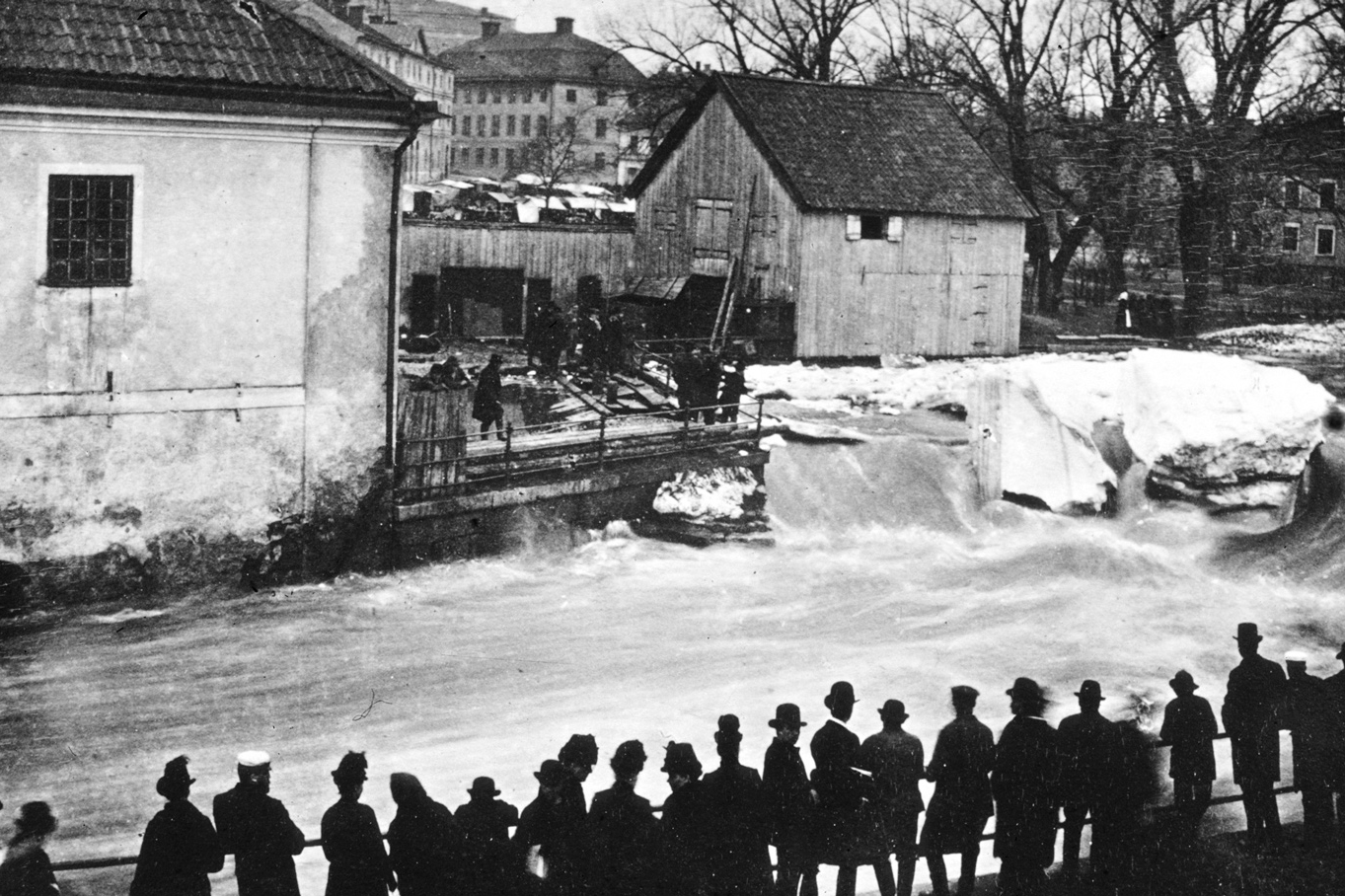1901-1970.
Photographer.
Gunnar Sundgren grew up in a family of nine children at a small railway station between Sala and Gävle.
Sundgren started at H.A.L. (Katedralskolan) in Uppsala in 1913 and was housed in a school household at Maria Lindgren's bakery at Skolgatan 13.
At the age of 21, Sundgren was accepted as a student of Ellen Claeson, the leading photographer in Uppsala at the time. In 1928 he opened a portrait studio at Östra Ågatan 29 and became one of Uppsala's foremost photographers in the 1940s and 1950s.
The portraits were made after in-depth personality studies, and Sundgren also produced significant environmental and architectural images. Several famous people passed through the studio, such as Hugo Alfvén, Bror Hjort, Cora Sandel, Gösta Knutsson, Axel Hägerström, The Svedberg and Bo Setterlind.
Upplandsmuseet holds approximately 300,000 negatives from Sundgren's production. He appeared on the radio as a strong agitator for photography as a separate art form.
In the 1950s, Gunnar Sundgren led guided tours of the Old Cemetery in Uppsala. At the gravesite there is a metal sculpture "Mother and Child" by an unknown artist.
Gunnar Sundgren's preserved photographs are a remarkable cultural and historical treasure.
Burial site: 0150-1988
Image description: Gunnar Sundgren, unknown year. Photo: Gunnar Sundgren / Upplandsmuseet. [The image is cropped]
Click here for an uncropped image

